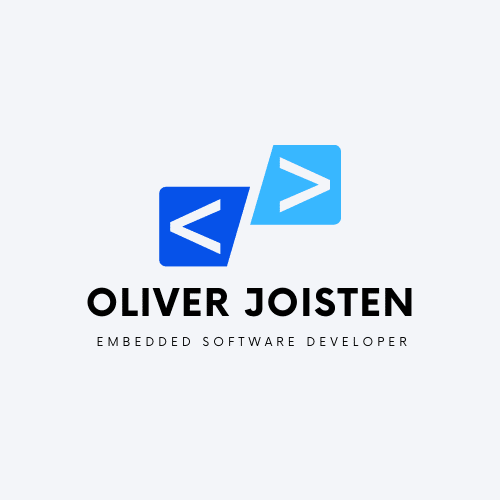
In today’s digital era, the imperative nature of crafting secure C programs cannot be emphasized enough. Software vulnerabilities have the potential to result in catastrophic consequences, ranging from data breaches to system malfunctions. To fortify your C programs against these threats, here are comprehensive strategies that encompass not only coding practices but also development methodologies and team collaboration:
Input Validation and Sensitization 📝
Always rigorously validate and sanitize user inputs to thwart buffer overflows and other common security pitfalls. Utilize functions such as scanf_s() and strncpy() to ensure that data is meticulously processed.
Employ input validation techniques like input whitelisting and parameterized queries for database interactions to fend off SQL injection attacks.
Meticulous Memory Management 🧠
Exercise great care in memory management to evade buffer overflows and memory leaks. Employ functions like malloc(), calloc(), and free() judiciously.
Implement robust memory management practices, such as freeing dynamically allocated memory when it is no longer needed, to prevent memory leaks.
Leverage Safe Libraries 📚
Harness the power of secure libraries like the Safe C Library (SCL) or libraries with bounds checking capabilities to augment the defense mechanisms against common security vulnerabilities.
Steer Clear of Hazardous Functions ⚠️
Refrain from using functions with known vulnerabilities, such as gets(), strcpy(), and sprintf(). Instead, opt for their safer alternatives like fgets(), strncpy(), and snprintf() to mitigate buffer overflow risks.
Static and Dynamic Analysis Tools 🛠️
Integrate static analysis tools like Lint or Coverity into your development pipeline to proactively identify potential vulnerabilities in your code base.
Utilize dynamic analysis tools like Valgrind to uncover runtime issues, memory leaks, and other latent problems, ensuring robust performance.
Implement the Least Privilege Principle 🔒
Apply the principle of least privilege by restricting the permissions and access rights of your C programs to the bare minimum necessary for their proper functionality. This minimizes the potential impact of a security breach.
Regular Vigilance and Updates 🔄
Keep your code base up to date with the latest security patches and updates for the C compiler and libraries you rely on. Timely updates are crucial for plugging known vulnerabilities.
Comprehensive Security Testing 🔍
Conduct thorough security testing, encompassing penetration testing and comprehensive code reviews, to unearth concealed vulnerabilities.
Implement automated security testing tools like OWASP ZAP or Nessus to identify vulnerabilities throughout the development life cycle.
Adhere to Secure Coding Standards 📜
Follow established secure coding standards such as CERT C or MISRA C to ensure that best practices are consistently applied throughout your development process.
Education and Training 📚
Invest in the education and training of your development team, ensuring they are well-versed in secure coding practices and stay informed about the latest security threats and mitigation techniques.
Meticulous Documentation 📖
Document your code meticulously, including detailed security considerations. Clear and comprehensive documentation aids in understanding and maintaining secure coding practices over time.
Threat Modeling 🕵️
Implement threat modeling practices to identify potential threats and vulnerabilities in your C program’s design and architecture. Address these concerns early in the development process to build a robust defense.
Conclusion
In essence, creating secure C programs transcends merely making code functional; it revolves around making it function securely. By adhering to these comprehensive guidelines and fostering a culture of security consciousness, you can significantly diminish the risk of security breaches, safeguarding both your code and your users.
